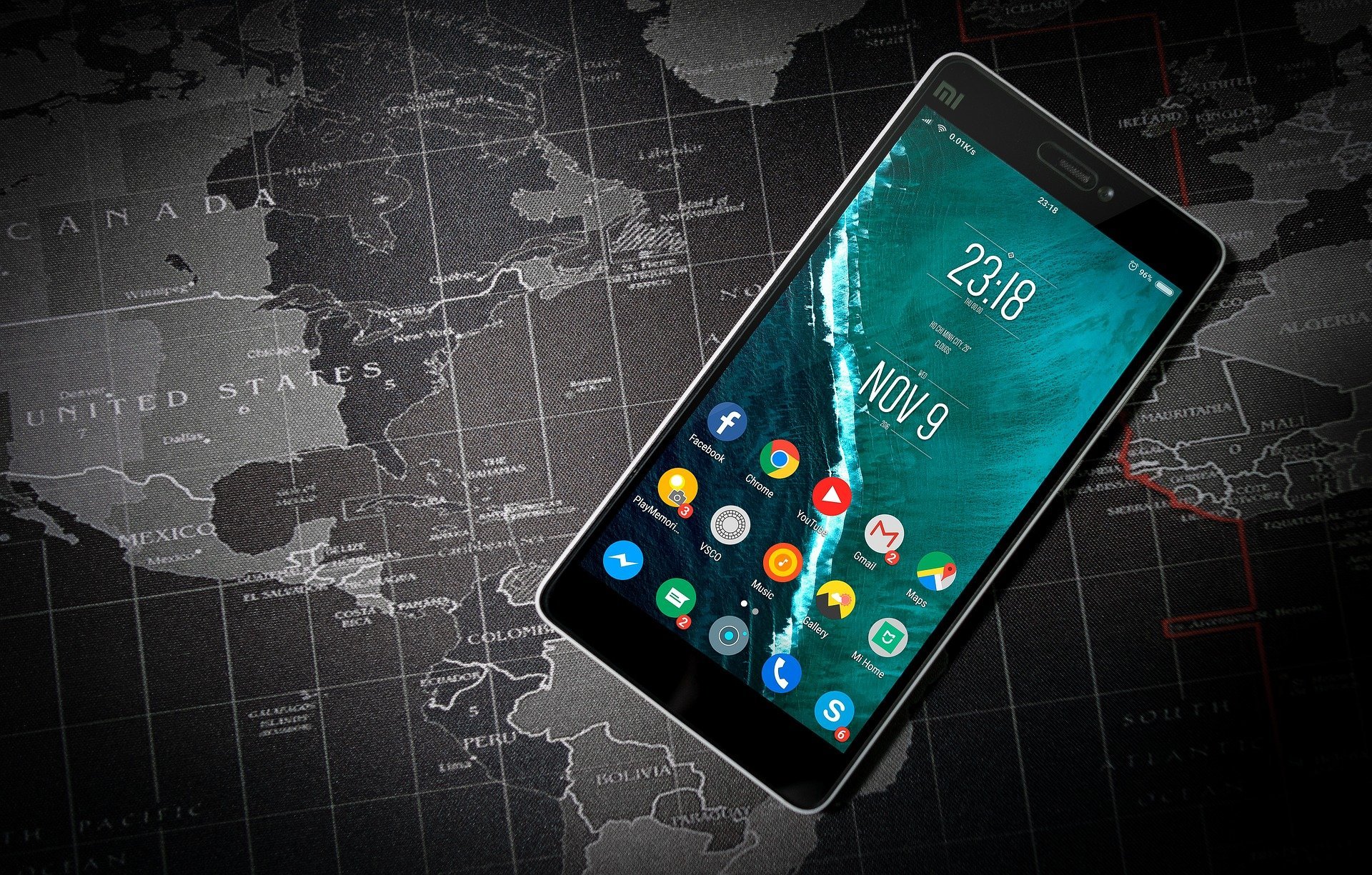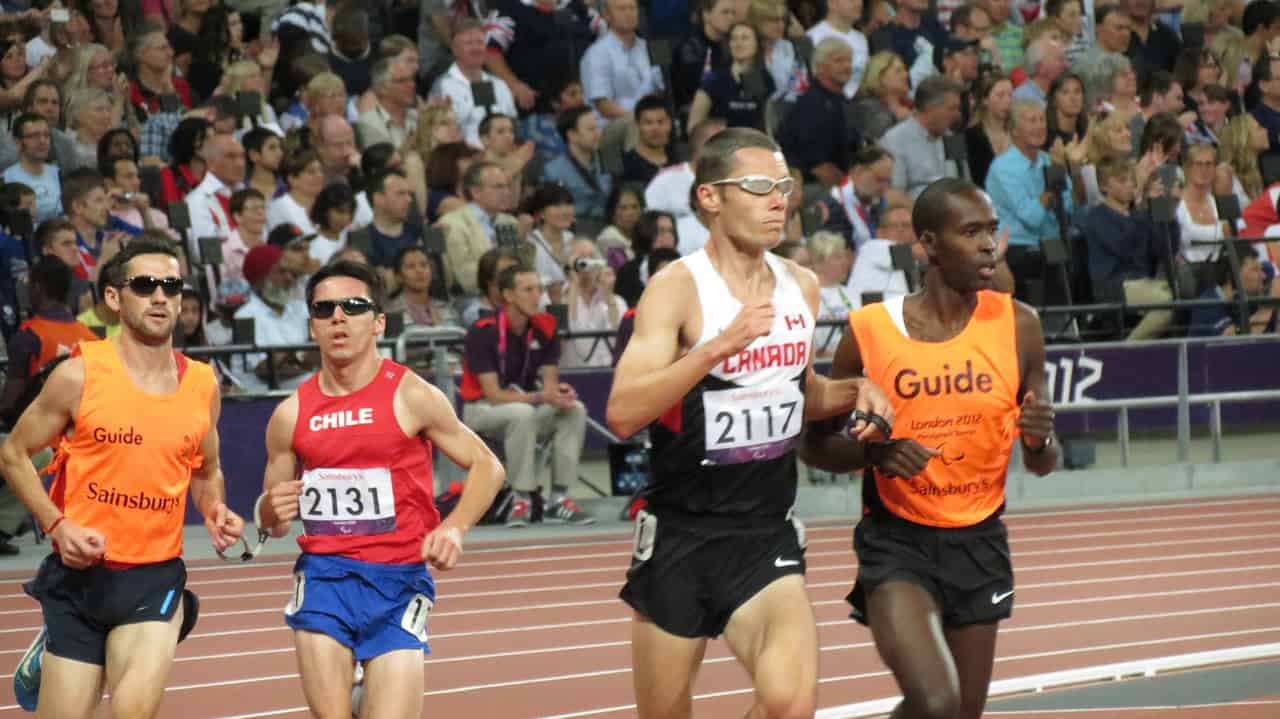
Smartphones and tablets are now part of everyday life for all of us. But there are also people who cannot operate these devices due to their physical limitations. Students Janik Ehrhardt (Business Informatics) and Tobias Moritz (Computational Mathematics) at Julius-Maximilians-Universität of Würzburg (JMU)) Würzburg, Germany, are now seeking to change that with the ‘HandicApp’ app that they have developed.
“We both have people in need of care with limited mobility in our own family circles,” Ehrhardt tells us. “So it also makes us happy when a user is happy to be able to operate a device. And to do that without help from anyone else and can make completely independent decisions in certain areas.”
How HandicApp works
With their app, people with disabilities will be able to operate mobile devices with minimal effort, say the inventors. “For example, using head movements such as turning, nodding or winking, as well as voice control and touch. ” Moreover, HandicApp features a simple and intuitive user interface,” Moritz explains. “This includes the most important and the most frequently used functions. These makes smartphone applications easily accessible and usable. Even for people who are not so tech-savvy.”
Operating a smartphone this way is all made possible by the front camera. To do this, the front screen measures and interprets the display’s angle of view, the degree to which the eyes are open, and the position of the upper and lower lips. If someone is paralyzed due to a spinal cord injury, for example, they can call up menus or functions by turning their head or making upward movements. Other movements can help them exit submenus or other functions. The movements the user makes to navigate can be configured individually, depending on the nature of the individual’s limitations.
The original idea came about very intuitively, says Tobias Moritz. He had already explored nonverbal communication in his bachelor’s thesis. Initial considerations revolved primarily around “whether and how we can use head movements and facial expressions to enable interaction with the device,” Janik Ehrhardt adds. Together, the two young scientists worked out a concept and were able to claim the title of national winner in the global ‘Red Bull Basement‘ initiative for students with future-oriented mindsets. They also won the ‘Social Innovator Challenge‘ of JMU’s Service Center for Research and Technology Transfer
First marketable version 2021
They are in the research and testing phase in the meantime, and are primarily fine-tuning the user interface and controls according to the needs and capabilities of the users. “Our prototype is also already controllable without using touch/voice control. We are now working on introducing a first marketable version in 2021,” Ehrhardt states.
The two plan to graduate next semester and then dedicate themselves full-time to HandicApp. “Our plan is to apply for an EXIST start-up grant. This will allow us to develop our project near the university for twelve months,” Ehrhardt continues. “But regardless of whether the application will be successful or not, we want to set up a company with our idea. Following discussions with users and stakeholders to date, the demand for an appropriate solution has become abundantly clear.”








